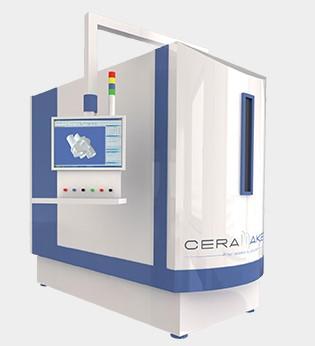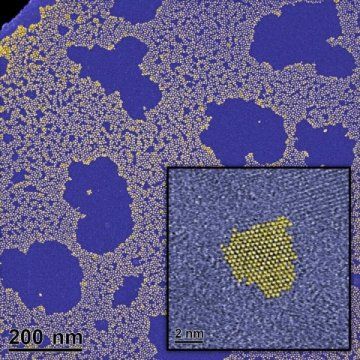3D Printing for the skull.
Ceramics are a particularly interesting material in 3D printing, I think. When one thinks of ceramics, one typically thinks of china, pottery, coffee mugs, etc. The material is used in a much wider range of applications than most people realize, though, and the Ceramaker 3D printer has been demonstrating the versatility of ceramics while satisfying customers across multiple industries.
Developed by French company 3DCeram, the Ceramaker first caught our attention when it was displayed at Euromold last year. The printer utilizes pastes made from photopolymers combined with alumina, zirconia or hydroxypatite (HA), and 3DCeram is consistently working on developing new materials – they also offer custom formulations tailored to the needs of customers. Even without extra customization, though, the Ceramaker’s materials almost tailor themselves to a variety of applications in a number of industries.
For example, a ceramic paste made with alumina, aka aluminum oxide, is ideal for electronics thanks to its electrically insulating and conductive properties. It’s also hard and tough, making it a good abrasive or cutting tool. Zirconia, or zirconium dioxide, is a favorite of jewelers thanks to its high thermal stability and resistance to wear and chemicals, while hydroxypatite is similar to the substance of human bone, making it ideal for biocompatible implants.





